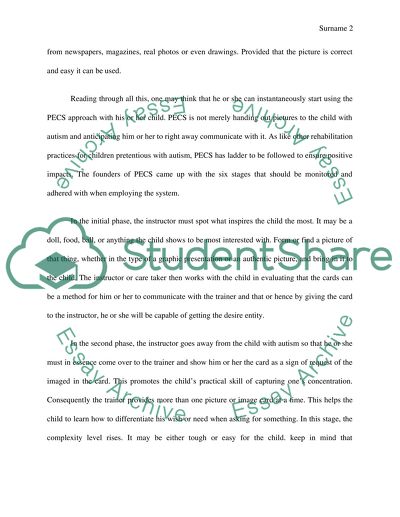Cite this document
(“Visual Teaching Strategies On Children With Autism Research Paper”, n.d.)
Retrieved from https://studentshare.org/education/1586207-visual-teaching-strategies-on-children-with-autism
Retrieved from https://studentshare.org/education/1586207-visual-teaching-strategies-on-children-with-autism
(Visual Teaching Strategies On Children With Autism Research Paper)
https://studentshare.org/education/1586207-visual-teaching-strategies-on-children-with-autism.
https://studentshare.org/education/1586207-visual-teaching-strategies-on-children-with-autism.
“Visual Teaching Strategies On Children With Autism Research Paper”, n.d. https://studentshare.org/education/1586207-visual-teaching-strategies-on-children-with-autism.


